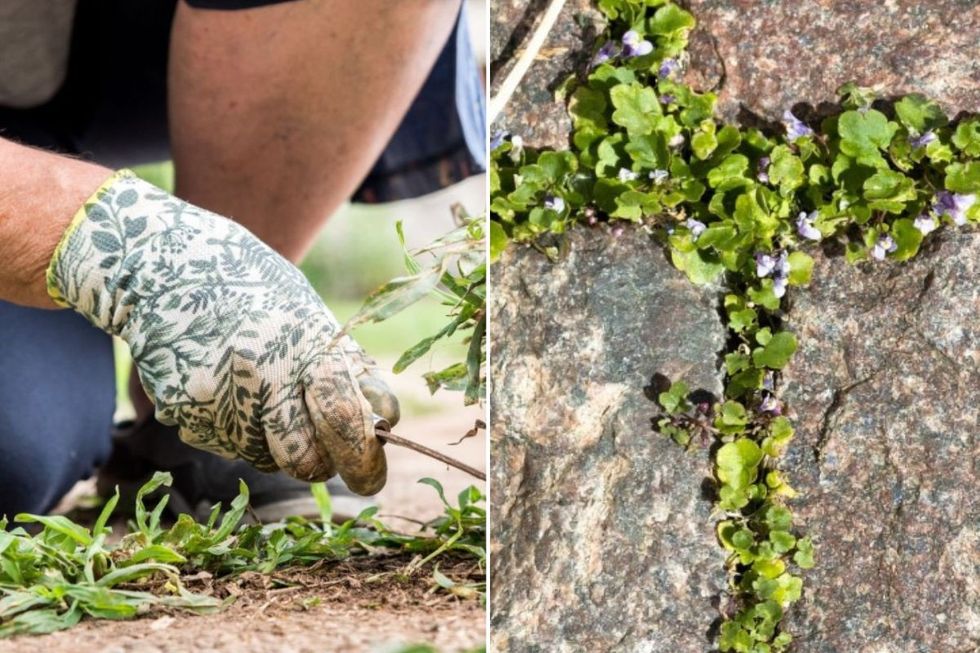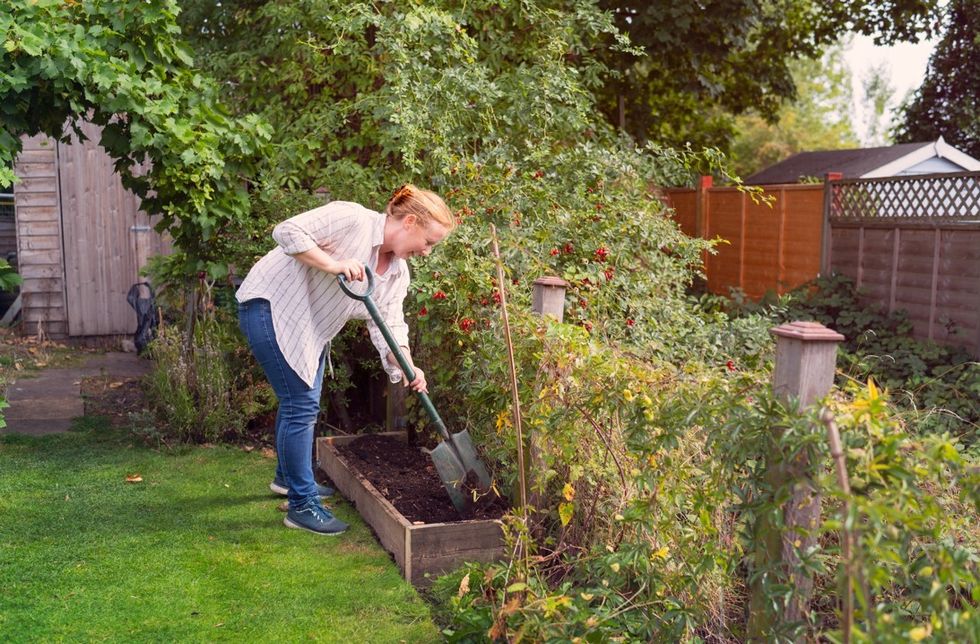Autumn may seem an unlikely time to tackle garden weeds, but experts say it’s crucial for preventing their spring invasion.
Annual weeds often begin their lifecycle in late summer, germinating throughout autumn and winter.
Head of Estates and Landscapes at Painshill Park Trust, Simon Akeroyd, advises that regular lawn care during this period is key to promoting strong grass growth and deterring unwanted plants.
Poor drainage and compacted soil are common causes of weed influx in autumn and winter. Waterlogged soil allows weeds to compete with grass for resources, spreading quickly.

Waterlogged soil allows weeds to compete with grass for resources
GETTY
Compacted soil favours weeds’ central root systems over grass’s fibrous roots.
Bare or thin spots in lawns are signs of compaction and can become prime areas for weed growth if left untreated.
Increased rainfall during these seasons exacerbates the problem, making lawns more susceptible to weed invasion.
Non-chemical weed control methods are recommended by experts to avoid harsh chemicals that can harm soil quality and wildlife. Akeroyd suggests regular lawn care as a key strategy.
“One of the most effective ways of improving the quality of the lawn in autumn… is to aerate it,” Akeroyd advised.
“This process involves creating small holes to allow air, water, and nutrients to reach grass roots.”
Proper mowing techniques are equally crucial for weed prevention, according to the expert.
Akeroyd recommends maintaining a mowing height of 3.5 to 4 inches, which helps grass outcompete weeds.
“Scarifying is a useful lawn maintenance activity to increase the health of the lawn,” says Akeroyd.
He suggests using a spring-tinned rake to remove thatch, which can impede moisture and air circulation. Reseeding bare patches in autumn is also vital to prevent spring weed growth.
LATEST DEVELOPMENTS

One of the most effective ways of improving the quality of the lawn is to aerate it
GETTY
Applying lime is another effective autumn lawn care technique.
Akeroyd recommends applying lime in winter months to balance soil pH, making it less hospitable for weeds.
“Apply in the winter months, scattering evenly, at around 50 grams per square metre,” he advises.
This treatment helps grass outcompete weeds by creating soil conditions more favourable to grass growth.